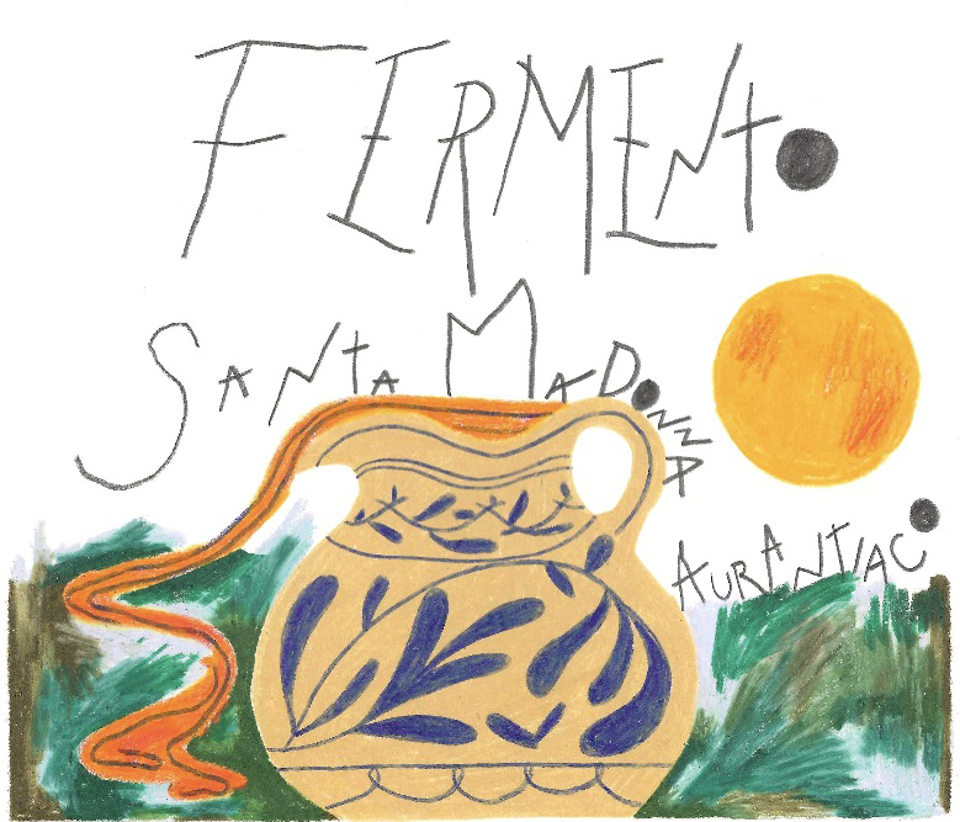Fermento
Orvieto, Umbria
This is a near-new winery, founded in 2019 by husband and wife duo, Evita Eboli and Stefano Marconi, after retreating from their cushy insurance and marketing jobs in Milan (with a young family in tow) to take on the hard work of viticulture and winemaking on the steep slopes of Orvieto in Umbria. Orvieto is of course an ancient winemaking region, dating back to the Etruscan's in the 9th century BCE. In the modern era of winemaking though, Orvieto became, like so many other historical wine regions in Italy, an exploited terroir dominated by co-op productions and industrial winemaking practices making wines to feed the masses of tourists visiting Rome and Orvieto. In fact, Orvieto was one of the first places I ever visited outside of Rome when I was 13 years old. The village is amazing, perched high on a tower of limestone.
When I asked Evita and Stefano why they wanted to create natural wines in their home of Orvieto, they responded that they were inspired by the combination of this ancient wine history and the lack of modern, naturally made wines hailing from their area. So, in 2019 they began from scratch and sought to capture the power of pure fermentation, hence the name "Fermento". Evita and Stefano had a vision but they also knew they would need some guidance in their new approach to natural wine, they made a call to none other than our own Danilo Marcucci. Danilo was extremely excited about this project, seeing the historical potential of Oriveto and the veritable lack of progressive, natural producers from this wine zone. Together, Fermento was born with a new energy, a new inspiration for a near forgotten wine landscape.
On the steep hillsides, composed of rich volcanic tufo and limestone, they work two vineyard sites totaling a mere 1.5HA. The first, at 500 meters above sea level, was planted in 1972 and has a higher concentration of volcanic soil, and the second (called “Santa Madonna”), at 350 meters, was planted in 1958 and has more clay. Both vineyards are continually blessed with a breeze, so there are no mildew problems, and have a sunny, easy facing exposure. The vines are staked with wood from surrounding chestnut trees. Both vineyards are within the Orvieto DOC.
The wines are made in a restored barn next to their house, which has cave-like cellars that are built directly into the tufo below, giving them similar cellar conditions to the old ‘Contadini’ that once (and some still do!) make their wine in caves.















